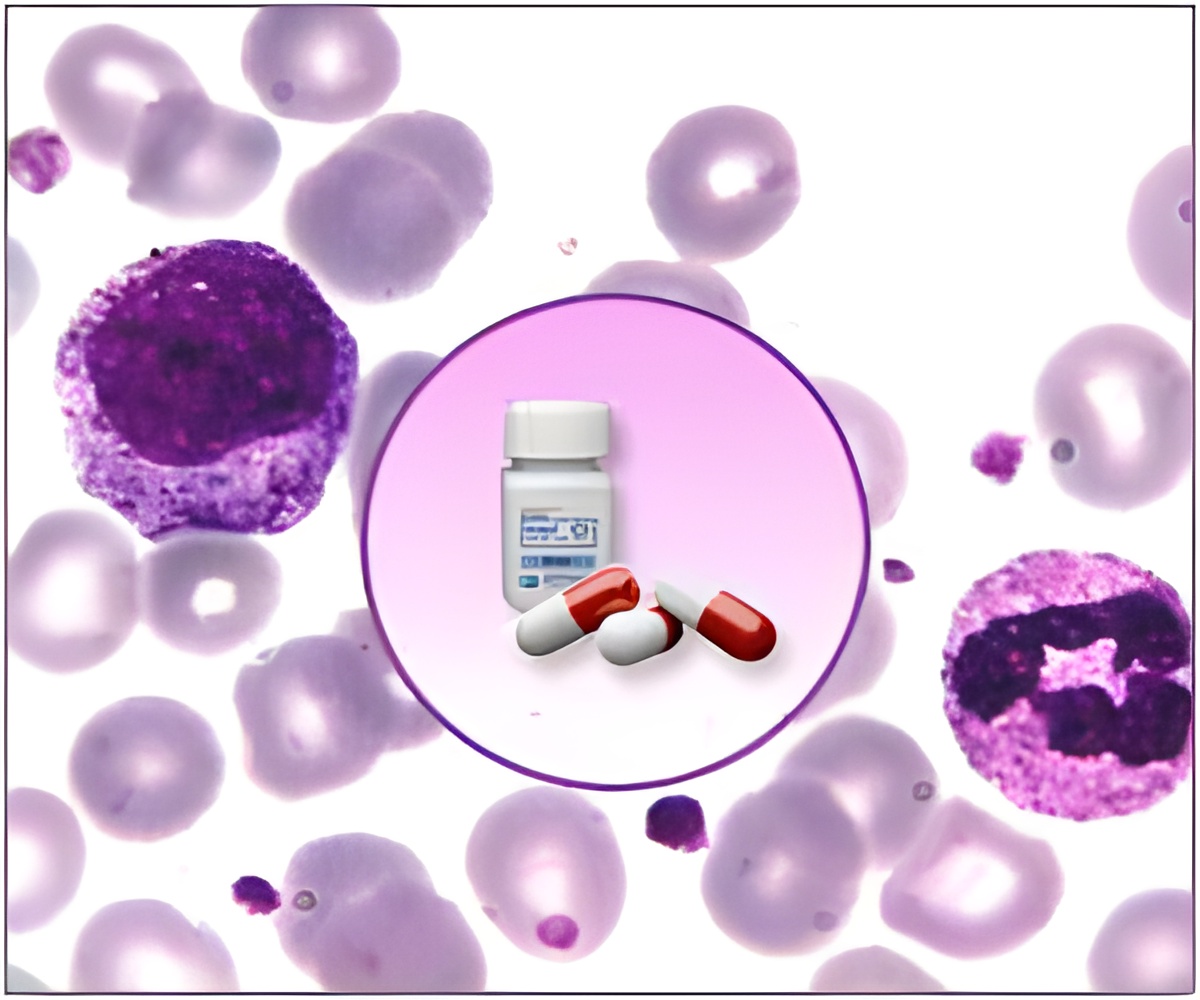A study by the Children's Oncology Group (COG) has revealed the marked improvement in long-term survival among children with acute lymphoblastic leukemia.

"Childhood leukemia was virtually incurable until the early 1960s, but this study shows that we're 90 percent of the way toward our goal of curing all children with this disease," said lead author Stephen Hunger, MD, Professor of Pediatrics at the University of Colorado School of Medicine and Director of the Center for Cancer and Blood Disorders at Children's Hospital Colorado. "New drugs and new drug combinations have increased survival rates and helped children live longer and better, and we continue to refine these therapies. Nevertheless, we still have important work to do to help the remaining 10 percent of patients who don't survive."
The development of new drugs for ALL ─ such as methotrexate, cytarabine, and 6-mercaptopurine ─ raised the five-year survival rate from less than 10 percent in the 1960s to approximately 77 percent between 1985 and 1994. Individuals treated since then have not necessarily received different drugs, but rather improved combinations and dosing schedules honed over the years through rigorous clinical trials. Advances in supportive care, which can minimize side effects and help treat and/or prevent potentially fatal infections, have also played a vital role in enabling patients to complete their ALL treatments in the optimal time period, leading to better outcomes.
The National Cancer Institute (NCI) Surveillance, Epidemiology and End Results (SEER) Program has previously reported that five-year survival for ALL has increased over the last 10 to 15 years, but unlike the current study of COG data, SEER statistics do not track data on survival for specific subgroups.
In this study, Dr. Hunger and his colleagues analyzed long-term survival among 21,626 individuals who were treated for ALL as children or adolescents (infancy to age 22) in COG clinical trials between 1990 and 2005. Researchers divided this time period into three "eras" (1990-1994, 1995-1999, and 2000-2005) that included similar-sized patient groups to examine changes in five- and 10-year survival over time. The study population represents nearly 56 percent of ALL cases estimated to have occurred among individuals in the United States younger than age 20 between 1990 and 2005.
In addition to the gains in five-year survival, they found that 10-year survival increased from 80.1 percent between 1990-1994 to 83.9 percent in 1995-1999. Survival improved significantly in all of the following subgroups: children ages 1-9 years; 10 years and older; 15 years and older; males and females; whites, blacks, and other races; Hispanics, non-Hispanics, and persons of unknown ethnicity; those with B-precursor ALL and T-cell ALL; and those with standard-risk or high-risk disease.
Advertisement
Dr. Hunger explained that infants' developing immune systems make them more prone to infections during cancer treatment, compromising their health and ability to complete cancer therapy.
Advertisement
Researchers also continue to compare the molecular profiles of children who are cured of ALL with those of the minority whose disease returns, in hopes of creating a "molecular fingerprint" that can be used to identify which patients are at highest risk of cancer recurrence. With this information, therapy could be tailored from the outset to increase the chance of survival. Molecular studies may also help identify new therapeutic targets.
Dr. Hunger emphasized that these data represent the advances that can be achieved against cancer through rigorous clinical trials. "Today, more than half of all children with cancer are treated through clinical trials, compared to less than 5 percent of adults with cancer," he said. "Without a doubt, more and more children and older adolescents with leukemia are cured today because of the patients and parents who were willing to participate in clinical research."
ASCO Perspective
Zoann Eckert Dreyer, MD, ASCO Cancer Communications Committee Member and pediatric cancer expert
"These data contribute to the remarkable success story of pediatric cancer care. Thanks to the research that has been conducted through clinical trials, in particular those of the Children's Oncology Group reported here, a child diagnosed with leukemia today has a 90 percent chance of surviving five years and an excellent chance of growing up to become a healthy, productive adult."
Source-Eurekalert











